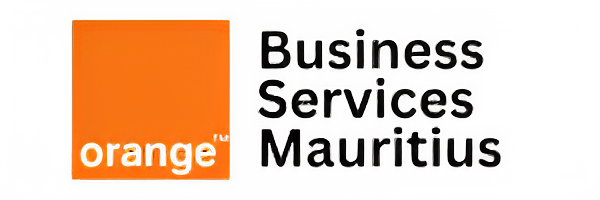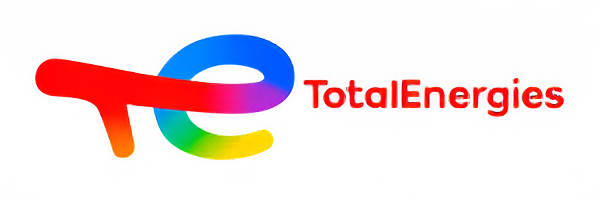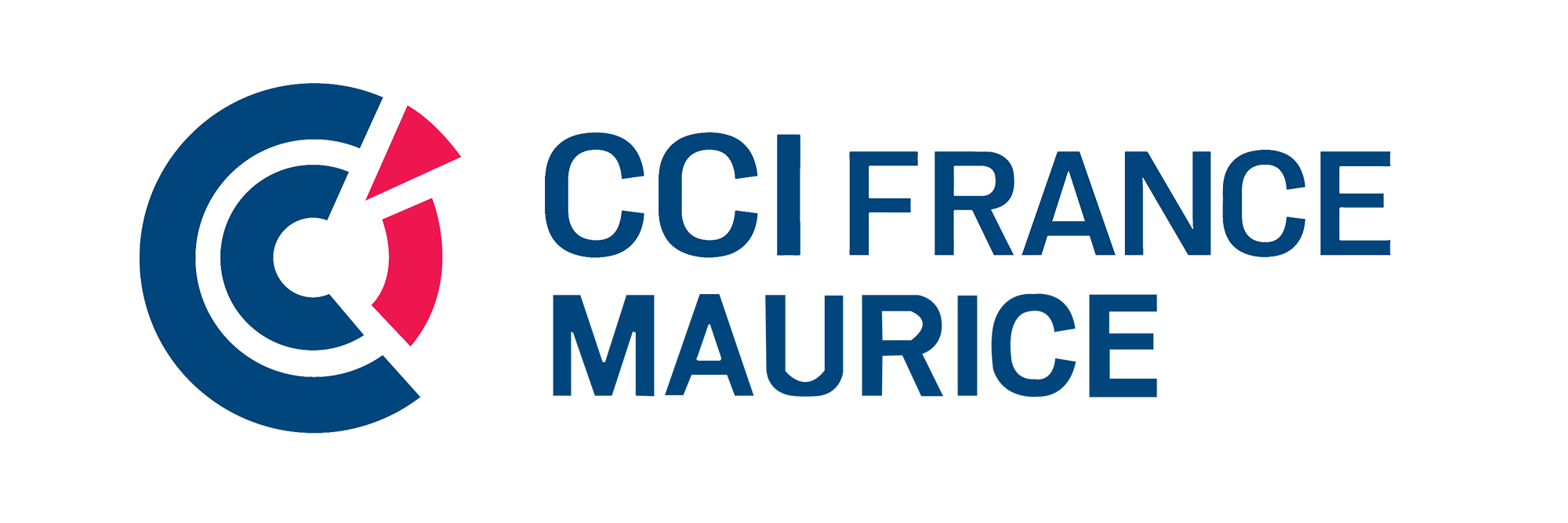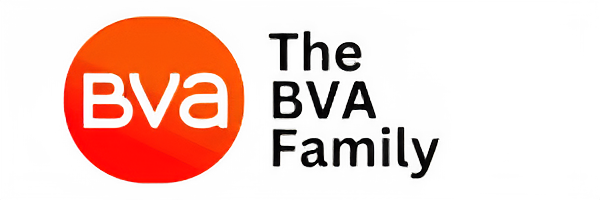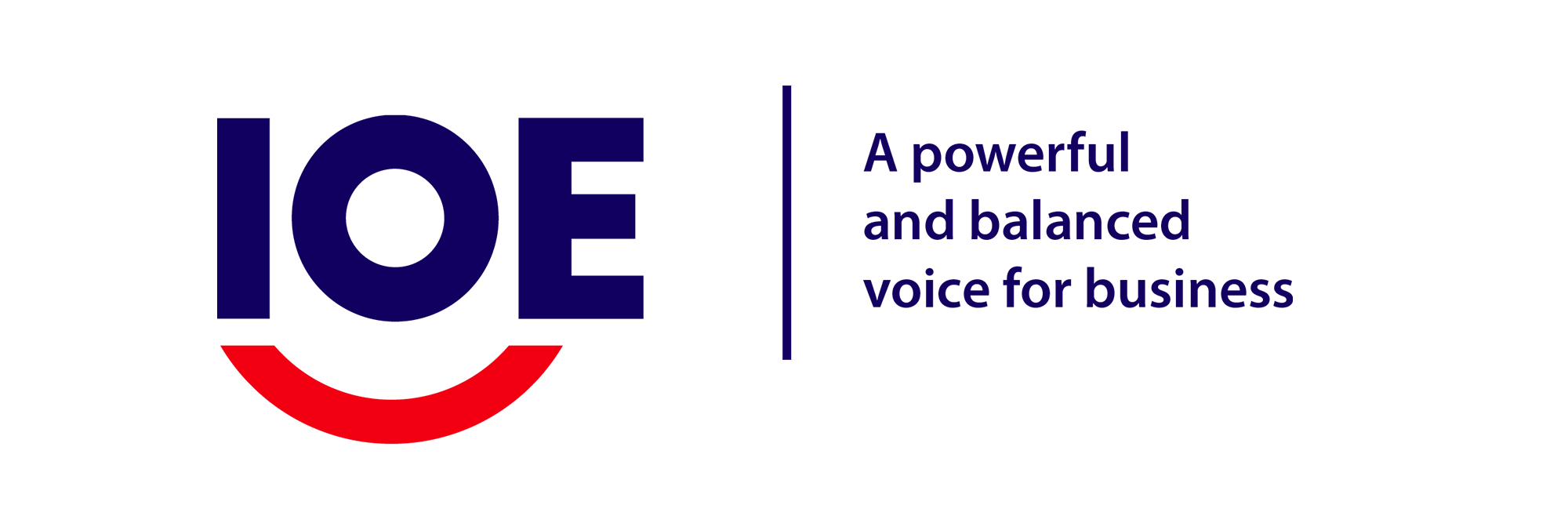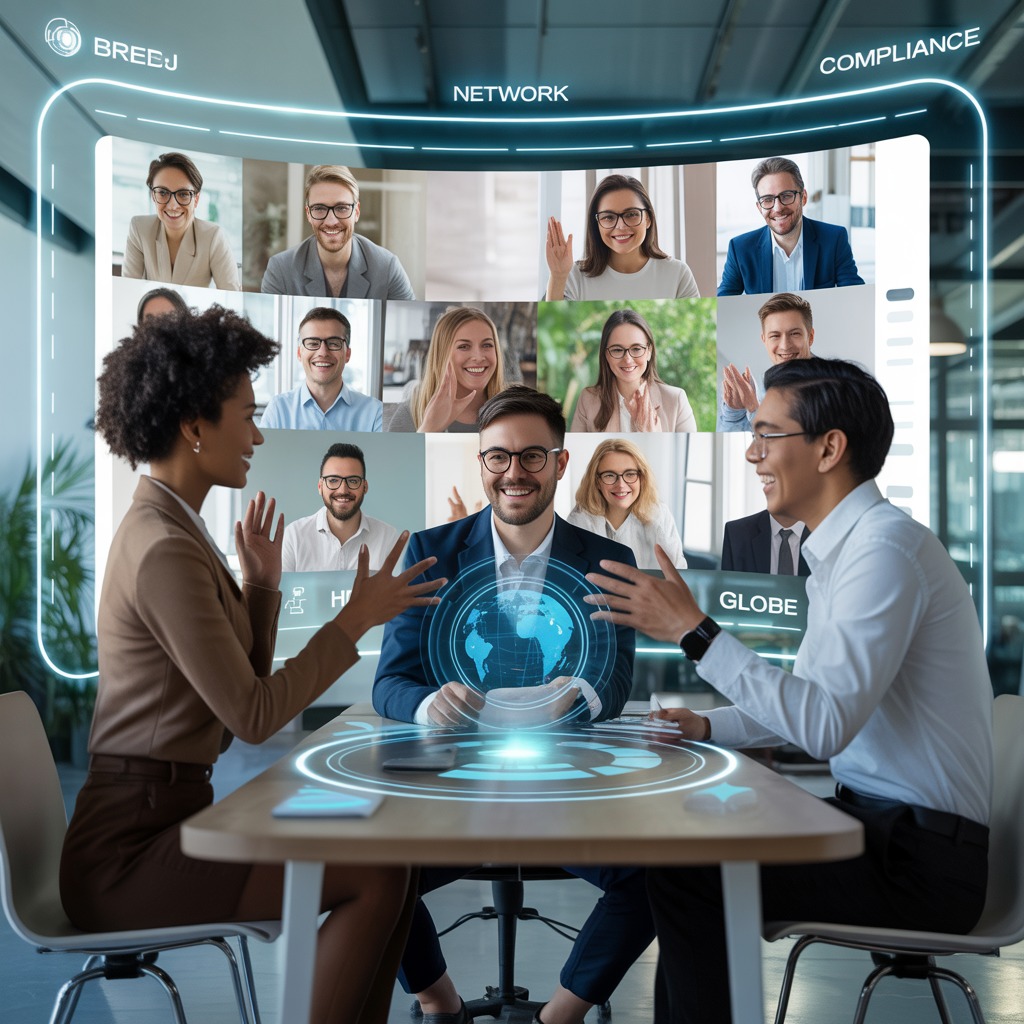Hiring has changed. With the rise of artificial intelligence, automation, and digital workflows, companies are no longer just looking for experience or technical diplomas they are looking for AI readiness. But what does “AI readiness” really mean when hiring? In simple terms, it refers to how prepared a professional is to work in environments where AI tools, machine learning platforms, and automation systems are part of daily workflows. Today, 8 out of 10 jobs involve digital tools, and according to the World Economic Forum, 97 million new roles will emerge that require the ability to collaborate with AI, not compete with it.
Many employers still hire based mainly on past experience or job-specific skills. But in a world where tasks evolve fast, what matters is adaptability. So the question becomes: How do you measure whether a candidate is ready for the AI-powered workplace? This article explains why AI readiness is critical, how to evaluate it, and how measuring it can reduce hiring risks and increase productivity.
What Does AI Readiness Mean in the Hiring Process?
AI readiness refers to a candidate’s ability to use, learn, and adapt to digital systems, automation tools, and data-driven workflows. It is not about being a data scientist. It’s about being able to collaborate with technology.
Most roles now require:
Ability to work with digital platforms
Understanding of automation-assisted workflows
Data literacy (reading dashboards, using analytics to make decisions)
Curiosity and adaptability when tools evolve
For example, customer support agents now use AI-powered chat assistants, HR teams rely on applicant tracking systems, and marketing professionals analyze audience insights with machine-learning dashboards.
The real question employers must ask is not “Does this candidate know AI?” but:
Can this person learn and thrive in AI-supported environments?
Why Is Measuring AI Readiness Important for Employers?
Measuring AI readiness reduces hiring risk and ensures long-term performance. Without evaluating it, organizations often hire people who freeze when tools change leading to productivity loss and turnover.
According to McKinsey:
Automations will impact 60% of all roles, but most roles will not disappear they will evolve.
Employees with high adaptability learn new tools 3x faster and cost 40% less to train.
This means companies that measure AI readiness:
Improve the return on training investment
Reduce onboarding time
Develop more resilient and scalable teams
Ensure employees stay relevant as technology evolves
Failing to measure AI readiness leads to a workforce that is technically experienced today but outdated tomorrow.
How Can Employers Assess AI Readiness in Candidates?
Employers do not need complex assessments. AI readiness can be measured through simple, structured evaluation:
Skills to Measure
Digital Fluency
Do they use digital platforms naturally?Adaptability
How do they respond to new tools or unexpected changes?Critical Thinking
Can they interpret data, ask the right questions, and make decisions?Learning Agility
Do they continuously upskill themselves?
How to Measure
Practical case studies (e.g., “Explain how you would use analytics to improve performance.”)
Short learning adaptability tests
Role-based simulations with digital tools
Asking about past experiences adapting to new systems
Key Insight:
The goal is not to evaluate what candidates know today, but how they learn tomorrow.
What Are the Business Benefits of Hiring for AI Readiness?
Hiring employees who are AI-ready has a direct impact on performance, efficiency, and innovation.
Key Benefits
Faster onboarding because they learn tools quickly
Lower training costs, as they self-adapt better
Higher productivity, especially in hybrid and remote teams
Stronger innovation culture, because they are open to experimentation
Example:
A logistics company that assessed AI readiness during hiring saw a 22% increase in operational efficiency within 6 months due to improved tool adoption.
When employees are not AI-ready, digital transformation slows down even if the technology is perfect.
Case Example: AI Readiness in Remote and Global Hiring
Remote work has made digital collaboration essential. This makes AI readiness even more crucial in global and distributed teams.
Remote employees must:
Navigate multiple digital platforms
Collaborate asynchronously
Communicate effectively using digital channels
Use AI assistants to manage workflows and reporting
Companies hiring remote talent who lack AI readiness often face:
Low autonomy
Communication breakdowns
Reduced performance visibility
This is why global hiring platforms like Breedj emphasize skills-based hiring and digital adaptability over traditional CV-based recruiting.
AI is changing the way we hire not by replacing people, but by changing what people need to succeed. Measuring AI readiness before hiring allows companies to build teams that learn quickly, adapt smoothly, and thrive in digital environments. Instead of assessing only past experience, employers must evaluate potential, curiosity, and adaptability. This is the new foundation of long-term employability.
Companies that measure AI readiness gain a competitive advantage: faster onboarding, stronger innovation, and a workforce prepared for tomorrow, not just today.
If your organization wants to hire smarter and build teams ready for the future, start integrating AI readiness into your recruitment process now.
Those who adapt will lead. Those who resist will struggle.

